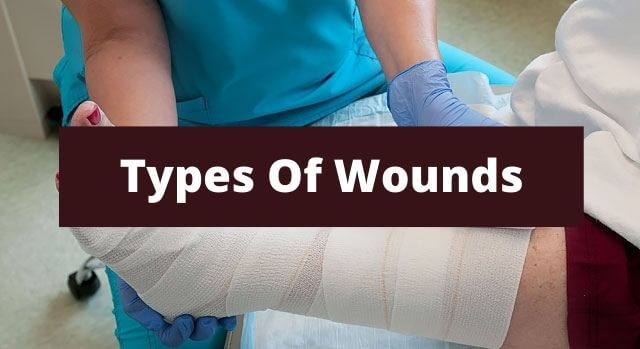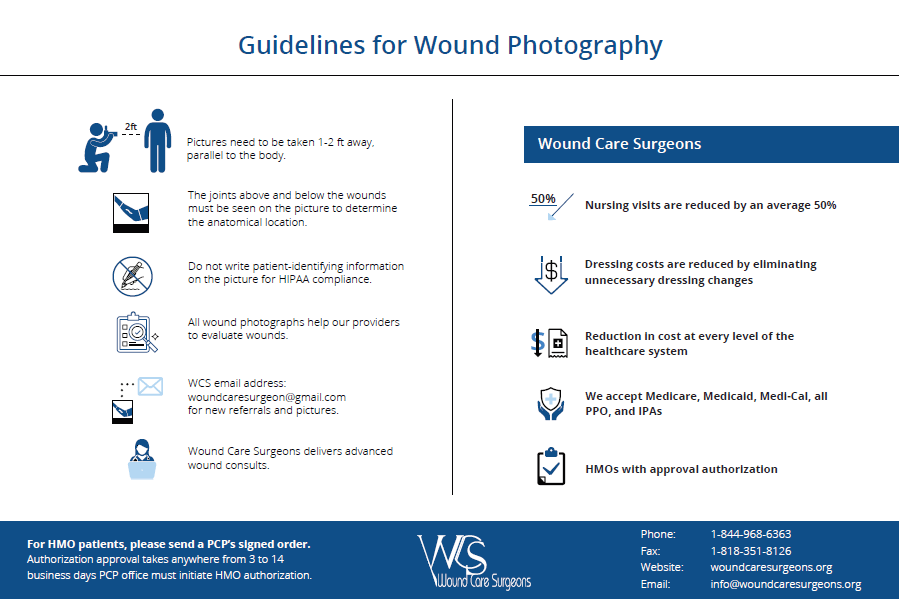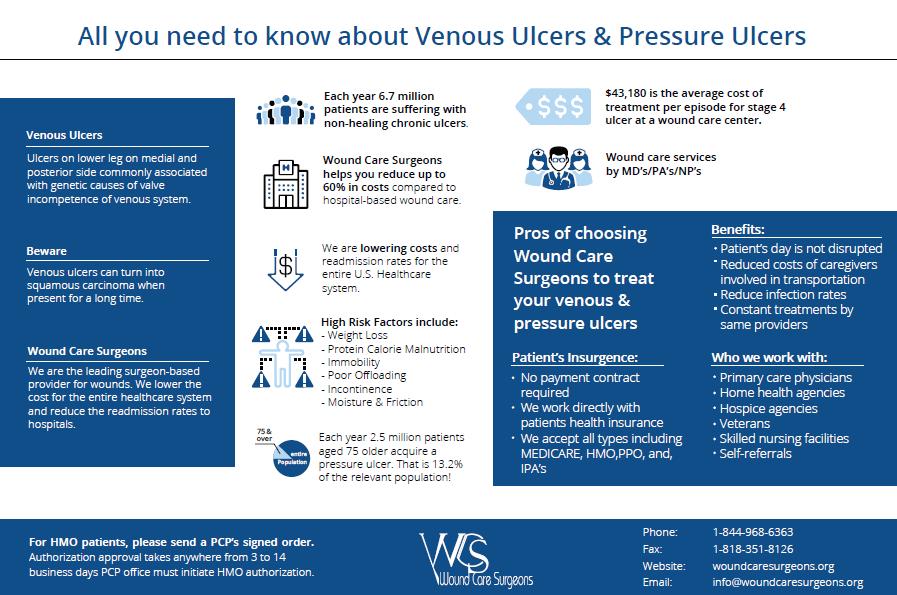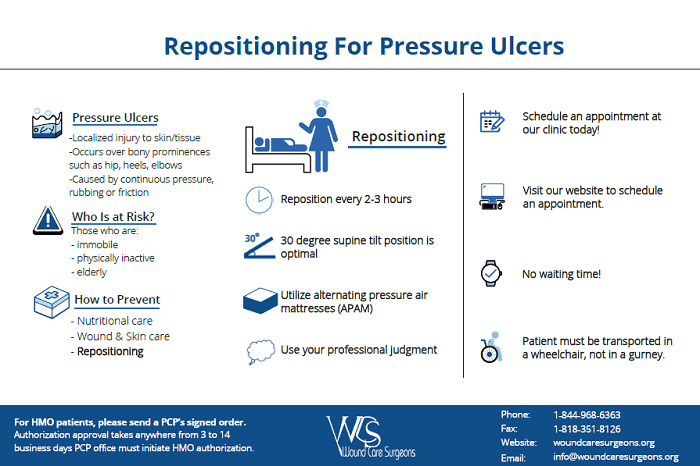
What Is A Wound?
A wound is any type of damage or breakage on the surface of the skin. The wounds can be due to accidents like burns, paper cuts, skin tears or surgical, any underlying disease, or some other skin conditions that may develop in the wound, for example, eczema or psoriasis.
Types Of Wounds
Wounds can be classified in several ways depending on the healing time and the necessity to consult with Wound Care Specialists depending on the severity of a particular wound. People are likely to suffer from different types of wounds throughout life while performing daily activities. Depending on the cause, site, and depth, a wound can lead from simple to severe one. Here, we have explained different types of wounds. Let's have a look:
-
Open or Closed - Wounds can be open or closed. Open wounds are the wounds with exposed underlying tissue/ organs and open to the outside environment, for example, penetrating wounds. On the other hand, closed wounds are the wounds that occur without any exposure to the underlying tissue and organs.
-
Acute or Chronic - A wound can be classified as acute or chronic depending on the healing time. Acute wounds are those that heal without any complications in a predicted amount of time. While chronic wounds, on the other hand, are those that take a relatively long time to heal with some complications.
Types of Chronic Wounds
1. Pressure Injuries - Also known as bedsores, pressure sores, or decubitus ulcers, these wounds cause when there is a pressure and/or shearing force on the skin. The people who are more prone to these chronic wounds are with limited mobility due to any medical illness or unable to walk, move all or part of their body to a different position.
2. Diabetic Ulcers - These ulcers generally occur on the feet and are a result of changes to nerves and circulation in the body caused by diabetes. It includes Neuropathic, Ischaemic, and Neuro-ischaemic.
-
Clean or Contaminated - Wounds can also be classified on the basis if they are clean or contaminated. Clean wounds are those that do not have any foreign material or debris inside whereas contaminated wounds or infected wounds are those that might have some dirt, bacteria, or other foreign markets. Pressure wounds can be used as an example of an open or closed wound depending on its current stage.
-
Internal or External - Wounds can also be internal or external. Internal wounds can be due to impaired circulation, nervous system functions, neuropathy or medical illness, or decreased supply of blood, oxygen, or other nutrients while the external wounds can be due to an outside force or trauma caused by penetrating objects or non-penetrating trauma.
Non-penetrating Wounds: These wounds are the result of blunt trauma or friction with other surfaces. It includes:
-
Abrasions
-
Lacerations
-
Bruises
-
Concussions
Penetrating Wounds: They are the result of trauma and break through the full thickness of the skin. It includes:
-
Stab wounds
-
Cuts
-
Surgical wounds etc.
Each type of wound has a different approach and method of treatment. Minor wounds can be treated by a regular medical practitioner but if you see any signs of infection, you need to call a Wound Care Specialist .



